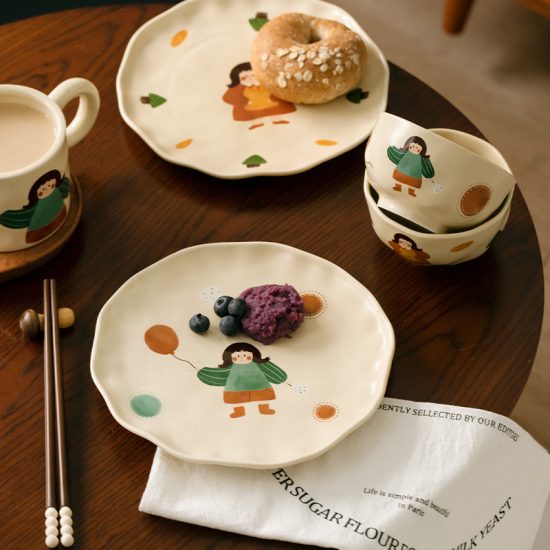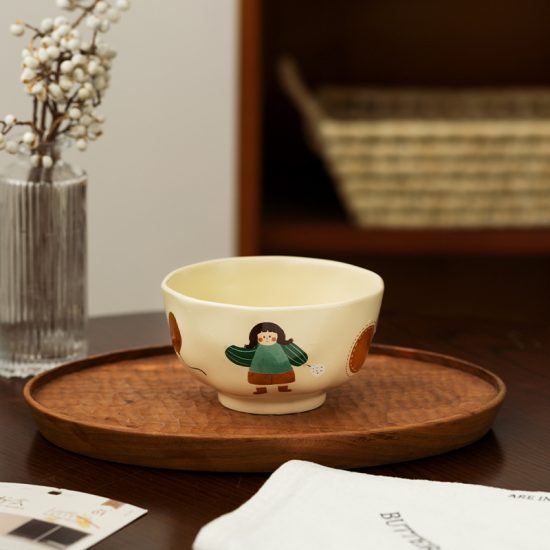Teapots come in a variety of shapes, sizes, and materials, each with its own unique features. Here are some common features you may find in teapots:
- Capacity: Teapots come in different sizes, ranging from small individual-sized teapots to larger ones suitable for serving multiple cups of tea. The capacity of a teapot is typically measured in ounces or milliliters and determines how much tea it can hold.
- Spout: The spout is the pouring mechanism of the teapot. It allows for controlled and precise pouring of the brewed tea. The shape and length of the spout can vary, with some teapots designed for a smooth, drip-free pour.
- Handle: The handle of a teapot provides a grip for comfortably holding and maneuvering the teapot. Handles can be made of various materials such as wood, metal, or heat-resistant materials like silicone. Some teapots have a handle on one side, while others may have a handle on both sides.
- Lid: The lid covers the top opening of the teapot and helps retain heat during the steeping process. It also serves to prevent leaves or debris from falling into the tea while pouring. The lid may be loose-fitting or snug, depending on the design.
- Infuser or Strainer: Many teapots come with an infuser or strainer that fits inside the teapot to hold the tea leaves during steeping. This allows for easy removal of the leaves, preventing them from ending up in the cup. Infusers can be removable, allowing for versatile brewing options, or integrated into the teapot design.
- Material: Teapots can be made from various materials, each offering different properties and aesthetics. Common teapot materials include ceramic, porcelain, glass, cast iron, stainless steel, and Yixing clay. Each material may impact the brewing process, heat retention, and overall style of the teapot.
- Heat Retention: The ability of a teapot to retain heat can influence the brewing process and the temperature of the served tea. Materials like cast iron and Yixing clay are known for their excellent heat retention properties, while other materials may require additional measures to keep the tea hot, such as using a tea cozy.
- Design and Aesthetics: Teapots come in a wide range of designs, reflecting various cultural influences, artistic styles, and personal preferences. From traditional and ornate designs to modern and minimalist aesthetics, teapots can be decorative and visually appealing, adding charm to the tea-drinking experience.
- Shape: Teapots can have different shapes, such as round, oval, square, or whimsical designs. The shape can affect the brewing process, the distribution of heat, and the pouring experience.
- Insulation: Some teapots are designed with insulation features, such as double-walled construction or special coatings, to help retain heat for longer periods. This can be particularly useful when serving tea in social gatherings or when enjoying multiple cups over an extended period.
These are just a few of the features you may find in teapots. The choice of teapot features depends on personal preferences, brewing methods, desired aesthetics, and the type of tea you plan to brew. Exploring different teapot designs and features can add depth and enjoyment to your tea-drinking experience.


